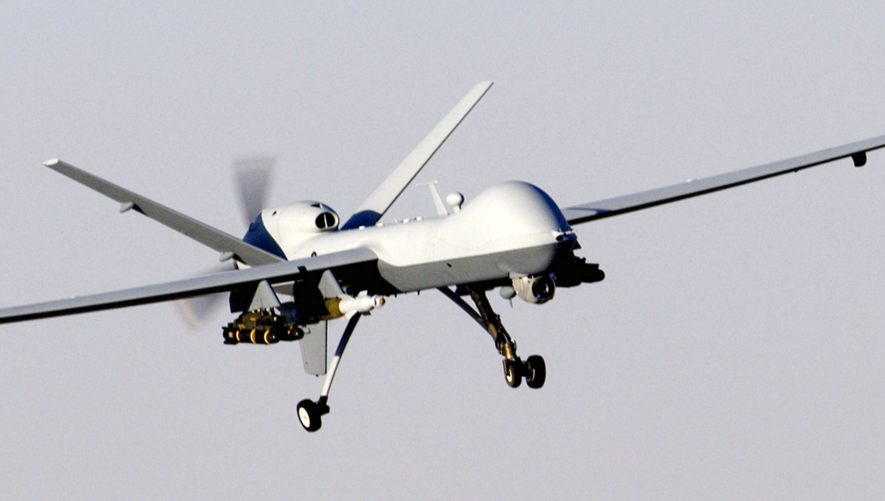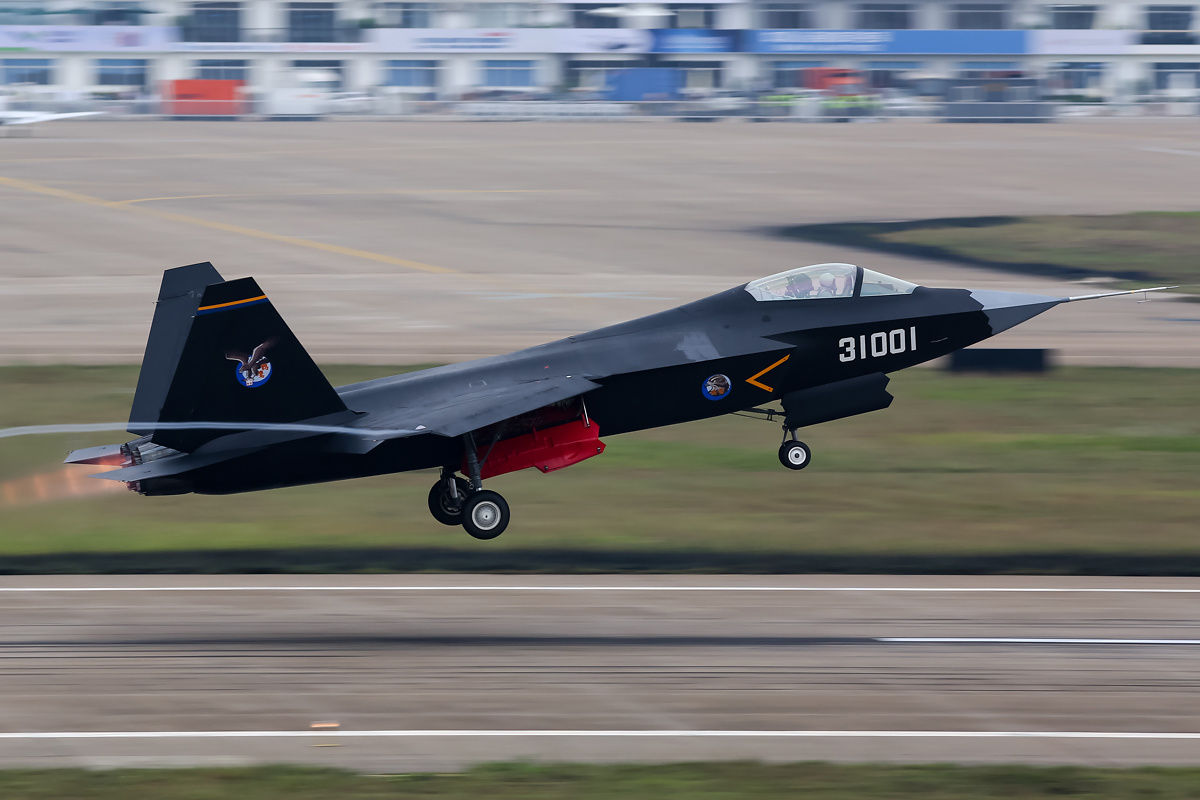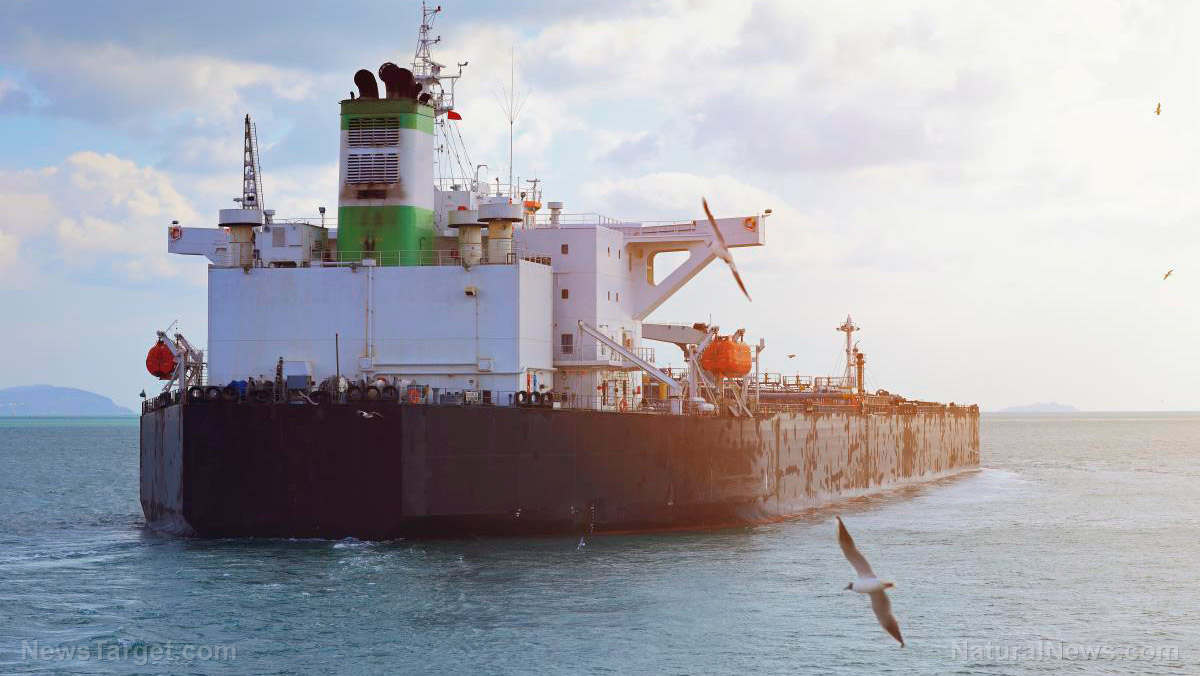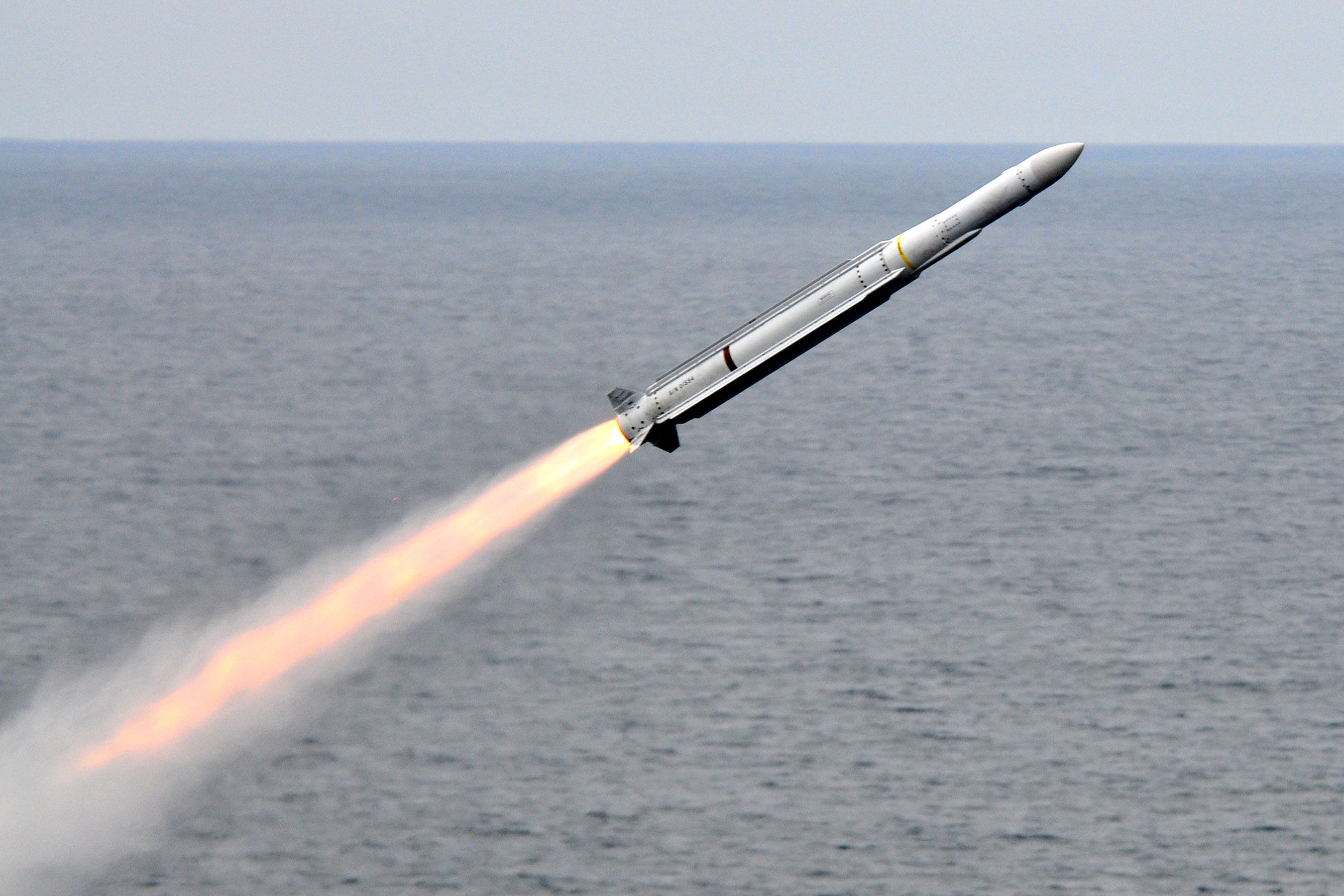Things go south fast: North Korea’s first-ever spy satellite crashes into sea shortly after launch
05/31/2023 / By Arsenio Toledo

North Korea attempted to launch its first-ever spy satellite into orbit on Wednesday, May 31. This launch ended in failure, with the remnants of the rocket plunging into the sea.
North Korean state-controlled media outlet KCNA admitted in a broadcast that the launch failed after a malfunction during the second stage of the launch, sending the projectile plunging into the Yellow Sea.
It was reported that the North Korean military spy satellite, known as Malligyong-1, was mounted on a new type of launch rocket known as Chollima-1, at a rocket launching station on the country’s western coast at 6:27 a.m. on Wednesday.
But during the second stage of the launch, Chollima-1 unexpectedly fell into the Yellow Sea “after losing thrust due to the abnormal starting of the second-stage engine after the separation of the first stage during normal flight,” said the KCNA in an English-language version of its dispatch.
The North Korean space agency attributed the failure to “the low reliability of the new-type engine system and unstable character of the fuel used.”
The rocket launch was North Korea’s sixth attempt to put a satellite into orbit, and the first since 2016.
These attempts to put a satellite into orbit began in 1998. Three of the previous five launches failed immediately, and two appear to have been put into orbit. But signals from these satellites have never been independently detected, indicating they may have malfunctioned.
North Korean Supreme Leader Kim Jong-un himself declared last year that the development of military satellites was a key component in the nation’s defense project. He also conducted an inspection of the Malligyong-1 as it was being prepared for launch.
North Korea vows to conduct second launch as soon as possible
North Korea said it would work diligently to investigate the “serious” defects found in the latest satellite launch and take the necessary measures to overcome them, vowing to “conduct the second launch as soon as possible through various part tests.”
North Korea earlier claimed that the launch of a spy satellite is “indispensable” to monitor the “dangerous” military exercises conducted by the U.S. and South Korea in real-time.
South Korean and Japanese authorities confirmed the launch as well as its failure in separate statements. The North notified Japan and the International Maritime Organization earlier this week of its plan to launch a satellite between May 31 and June 11.
The South Korean military earlier in the day released a statement acknowledging that the North launched what appeared to be a “space launch vehicle” that fell into the waters some 200 kilometers (124 miles) west of the South’s southwestern island of Eocheong after an “abnormal” flight.
The South added that it is in the process of recovering “what could be the wreckages from the purported ‘space launch vehicle’ fired by North Korea.” The military has already shared pictures of debris pulled from the water, including a massive cylindrical object tethered to a buoy.
Japan, South Korea and the United States also condemned North Korea’s launch, claiming it was a violation of a United Nations Security Council resolution.
“The door has not closed on diplomacy, but Pyongyang must immediately cease its provocative actions and instead choose engagement,” said the U.S. National Security Council in a statement. “The United States will take all necessary measures to ensure the security of the American homeland and the defense of our Republic of Korea and Japanese allies.”
Spokesperson Adam Hodge added that the launch “risks destabilizing the security situation in the region and beyond.”
“North Korea has consistently shown its intention to strengthen its nuclear and missile capabilities, and we believe there is a possibility that it will continue to launch various types of missiles, conduct nuclear tests and engage in other provocations in the future,” said Japanese Chief Cabinet Secretary Hirokazu Matsuno.
South Korea’s foreign ministry condemned the launch, saying the “so-called ‘satellite launch’ is a serious violation of Security Council resolutions banning all launches using ballistic missile technology… If North Korea eventually goes ahead with the launch, it will have to bear the price and pain it deserves.” (Related: North Korea just tested their version of the Poseidon doomsday weapon that can create a “radioactive tsunami” that could kill millions.)
The Security Council resolutions in question affect the technology used in long-range rockets. Because space launchers share the same tech, North Korea developing the ability to put a satellite in orbit would also provide Pyongyang with cover for potentially testing banned intercontinental ballistic missile technology.
Watch this video from “TruNews” discussing how North Korea is testing a nuclear attack drone that can cause tsunamis.
This video is from the TruNews channel on Brighteon.com.
More related stories:
Suspected North Korean balloon spotted in South Korean airspace.
South Korea to acquire nuclear weapons if tension with North Korea escalates.
South Korea ready to parry North Korea’s military threat with $2.6B “Iron Dome” defense system.
North Korea’s launch of multiple ballistic missiles threatens South Korea.
South Korea unveils new ballistic missile that can penetrate North Korean underground facilities.
Sources include:
Submit a correction >>
Tagged Under:
big government, chaos, Collapse, dangerous, future tech, Glitch, Japan, Kim Jong-Un, military tech, missile launch, national security, North Korea, rocket launch, satellite launch, satellites, South Korea, Space, spy satellite, weapons technology, World War III
This article may contain statements that reflect the opinion of the author
RECENT NEWS & ARTICLES
COPYRIGHT © 2017 WWIII NEWS



















